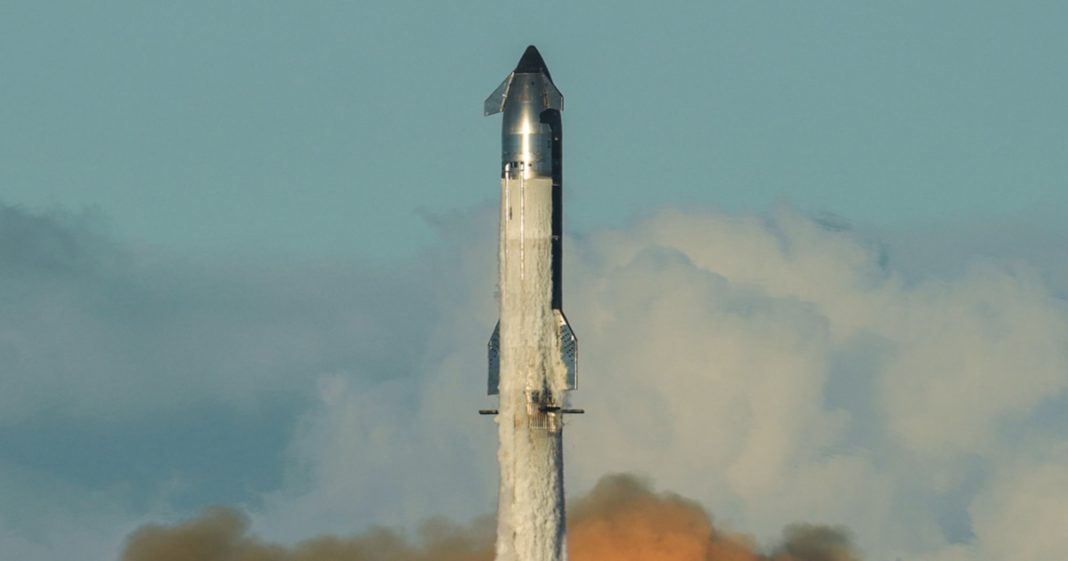Key Takeaways
- SpaceX’s Starship completed its second successful test flight, marking progress after previous failures.
- NASA depends on SpaceX for a 2027 moon mission, but the company faces significant delays.
- China aims to land astronauts on the moon by 2030, intensifying the US-China space race.
- Experts warn that US lunar ambitions now rest heavily on a single private company.
SpaceX’s Starship rocket soared from South Texas this week, its launch met with chants of “U-S-A!” from employees. This second successful test represents a crucial step for Elon Musk’s company in its goal to ferry NASA astronauts back to the moon.
However, the path forward remains challenging. The 400-foot-tall system must overcome substantial technical hurdles to meet its objectives.
The US-China Lunar Race Intensifies
The enthusiasm reflects a renewed space race between the United States and China. NASA has selected SpaceX for a landmark mission touted as “humanity’s first return to the lunar surface in more than 50 years,” currently scheduled for 2027.
Meanwhile, China is aggressively pursuing its own lunar ambitions, with a pledge to land astronauts on the moon by 2030.
Schedule Pressures and Setbacks
Despite recent success, SpaceX is behind schedule if the US hopes to outpace China. While the company has made major strides since Starship’s 2023 debut, its progress was marred by four failures this year, including two explosions that scattered debris.
The immense pressure on each launch highlights a deeper concern: NASA’s reliance on a single commercial entity for the future of American space exploration.
“If this is truly a space race, we’re setting out our national goal and saying, ‘Well, we hope this company pulls it off,'” said Casey Dreier, chief of space policy for The Planetary Society. “The stated national priority of the United States is actually in the hands of a private company now, rather than the government.”




